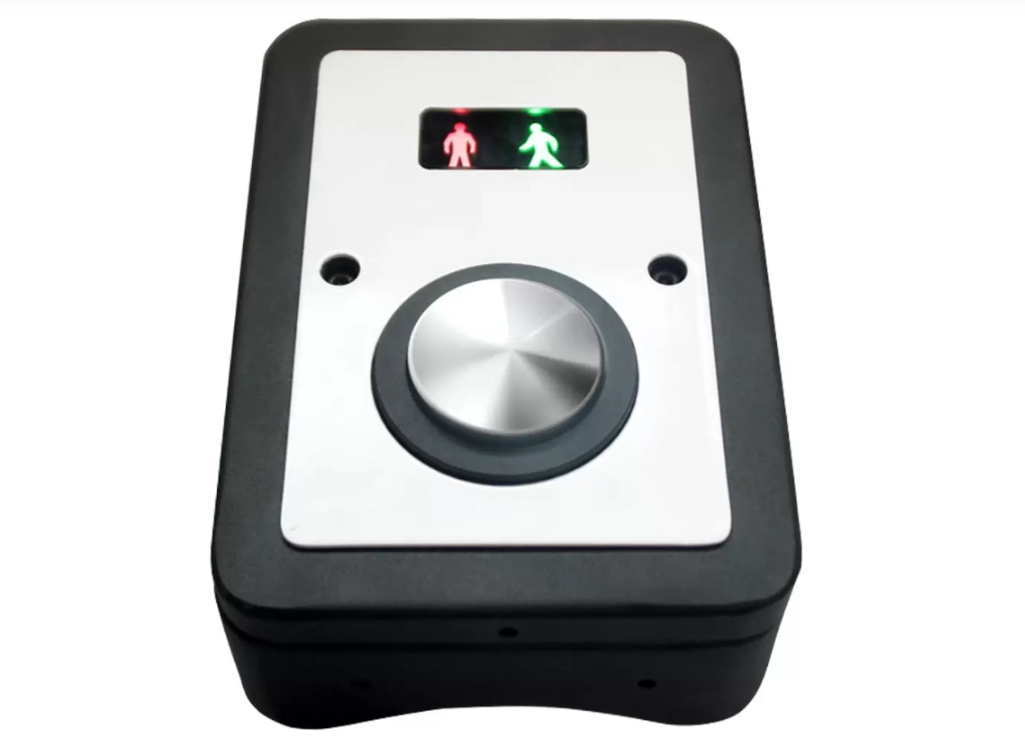Transportation Control Measures: Strategies for Efficient and Sustainable Mobility
2 min readTransportation control measures (TCMs) play a crucial role in managing and improving the efficiency, safety, and sustainability of transportation systems. These measures encompass a range of strategies and policies aimed at reducing congestion, improving air quality, promoting public transportation, and encouraging active modes of travel. In this blog post, we will explore various TCMs and their impact on creating a more efficient and sustainable transportation network.
- Congestion Pricing:
Congestion pricing is a TCM that involves charging fees for driving in congested areas or during peak hours. By implementing this strategy, cities can effectively manage traffic flow, reduce congestion, and encourage the use of alternative modes of transportation such as public transit, cycling, or walking. Congestion pricing has been successfully implemented in cities like London and Singapore, resulting in significant reductions in traffic congestion and improved air quality. - Public Transportation Enhancements:
Investing in public transportation infrastructure and services is another critical TCM. By expanding and improving public transit networks, cities can provide convenient and reliable alternatives to private vehicle use. This includes increasing the frequency of services, extending operating hours, integrating different modes of transportation, and implementing smart technologies for real-time information and ticketing. These enhancements not only reduce congestion but also contribute to a more sustainable and equitable transportation system. - Active Transportation Promotion:
Promoting active modes of transportation, such as walking and cycling, is an effective TCM that offers numerous benefits. Encouraging the development of pedestrian-friendly infrastructure, dedicated cycling lanes, and bike-sharing programs can incentivize people to choose these modes for short trips. Active transportation not only reduces traffic congestion but also improves public health, reduces greenhouse gas emissions, and enhances the overall livability of cities. - Intelligent Transportation Systems (ITS):
Intelligent Transportation Systems utilize advanced technologies to optimize traffic management and improve overall transportation efficiency. These systems include real-time traffic monitoring, adaptive traffic signal control, dynamic route guidance, and incident management. By leveraging data and analytics, ITS can help identify traffic bottlenecks, optimize signal timings, and provide accurate travel information to drivers, thereby reducing congestion and travel times. - Land Use Planning and Transit-Oriented Development:
Integrating land use planning with transportation planning is a crucial TCM for creating sustainable communities. Transit-oriented development (TOD) focuses on designing neighborhoods and commercial areas around public transit stations, encouraging mixed land uses, higher densities, and pedestrian-friendly environments. By promoting compact, walkable communities, TOD reduces the need for long-distance travel, encourages public transit use, and enhances overall accessibility.
Conclusion:
Transportation control measures are essential for addressing the challenges of urban mobility, congestion, and environmental sustainability. By implementing a combination of strategies such as congestion pricing, public transportation enhancements, active transportation promotion, intelligent transportation systems, and land use planning, cities can create efficient and sustainable transportation networks. These measures not only improve the quality of life for residents but also contribute to a greener and more livable future.

